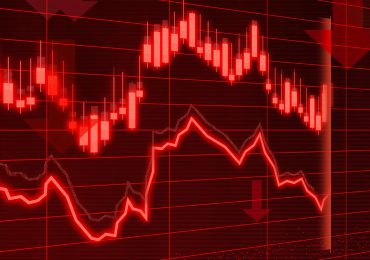Risk-parity funds, intended to balance portfolios based on asset volatility, were partially blamed for the market’s recent price swings. This according to a recent article in The Wall Street Journal.
By “limiting bets on more volatile assets like stocks and commodities and using leverage to load up on safer assets like government bonds,” risk-parity funds attempt to minimize risk of collapse of any one market, the article explains. The strategy, it says, pioneered by hedge fund Bridgewater Associates, was blamed by some for the market volatility that hit earlier in the month. But Bridgewater’s co-chief investment officer Bob Prince refutes the theory, describing the funds as “boring.” In a recent interview, he said, “It is definitely not driving global asset prices.”
Still, the article points out, “critics say a prolonged period of volatility could force risk-parity funds to sell, which could exacerbate declines in the market.” This is based on the assumption that increased volatility in one asset could lead managers to shrink that position in an effort to steady the fund’s overall risk—”both involve selling an asset that is under stress,” the article points out.
Hedge fund manager Katina Stefanova of Marto Capital fund argues, “The biggest issue with risk parity, and all systematic, semi-passive strategies, is they all act simultaneously when the market is on autopilot. If the stock market falls, everyone starts selling at the exact same trigger points.”







